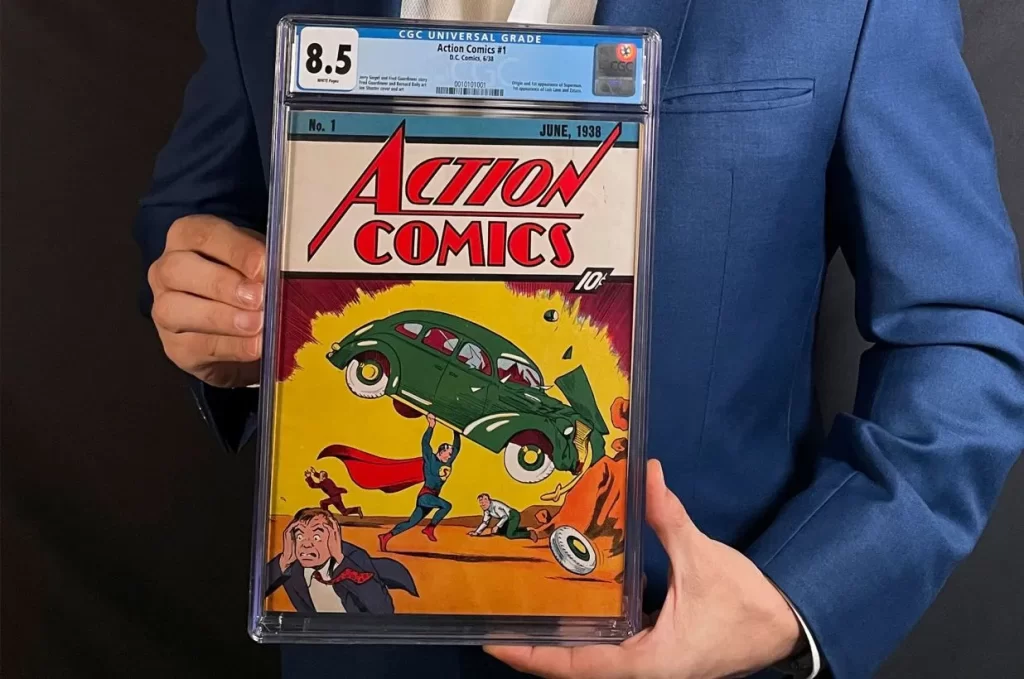In his wonderful book, “And If You Play Golf, You Are My Friend,” Harvey Penick provides a powerful lesson for sales people and deal makers. This is my summary:
A young man, Billy, asked Harvey to help him with his putting. Harvey had given Billy golf lessons before and knew he was a good putter. They walked outside and Billy turned toward the putting green. Harvey turned toward the driving range.
Billy called to Harvey and told him he was going the wrong way. The putting green was in the other direction.
Harvey told Billy he was a good putter and, if Billy was having trouble on the green, the problem was his chipping, not his putting.
Yes, Harvey was not giving negotiation advice, but the message he was trying to convey to Billy applies to golf and closing deals: If you keep struggling to finish, it’s probably because you’re not setting up well.
If a golfer says they are having trouble sinking 20 foot putts, they are not alone. Statistically, professional golfers only one-putt from 20 feet 15% of the time. The fastest way to improve that outcome is not to try and raise the 15%, it’s to shorten the 20 feet. Pros make their putts inside of 10 feet 88% of the time.
So how do we improve our success rate? Practice approach shots. More accurate chipping will get you closer to the hole and increase the chance of a one-putt.
Sorry, I didn’t intend this to be a golf lesson, but I see this same issue in deal making all the time. The team gets to the negotiation table and they struggle with a bunch of difficult issues and blame the client, blame their management, blame everyone but themselves. They want to close the deal now and get frustrated when the process gets delayed.
The reality is they did not set up for success. Instead of carefully thinking about the process, focusing on creating a collaborative environment and building trust in the relationship, deal teams will often act wildly, sometimes desperately, to try and engage the client and rush to signature. When it’s time to sit down and actually negotiate, the teams will have to make concessions and walk away with a suboptimal outcome for both of them.
Back to the golf analogy. The difference between beginners and experienced players is clear when they approach the shot: beginners are just trying to hit the ball. Experienced players aim for a target. Hitting the ball is not an issue for an experienced golfers. The question is where do they want it to go and and what will be their next shot, and how will all of this lead to a short putt for success.
In negotiations, it is the same. Inexperienced negotiators go issue by issue, just trying to get agreement, and take that list of closed issues and wonder why their deal is so unstable. Professional negotiators always have a target, based on their close plan, and the steps that will lead the team to success. No, it doesn’t always go to plan! And that’s why awareness and adaptability are so important to closing good deals. You have to be aware that trouble is brewing, recalibrate, and adapt to keep the deal on track.
If you ask an experienced person in either golf or sales how to get better, the answer will be the same: Learn from professionals, practice with purpose and get out there and do it!



